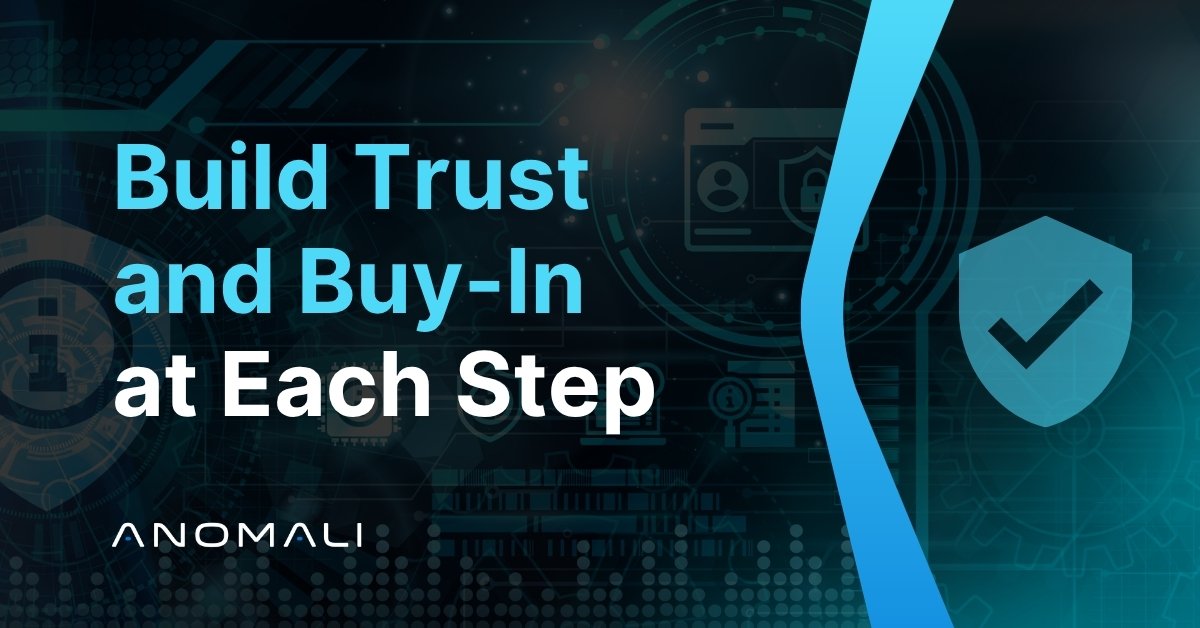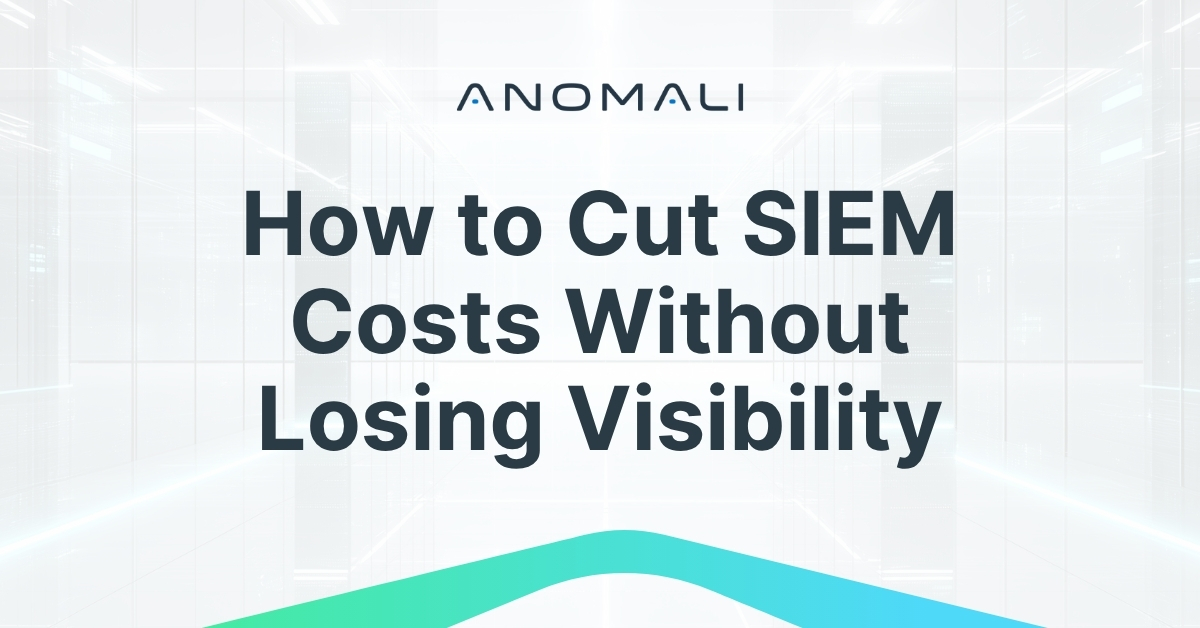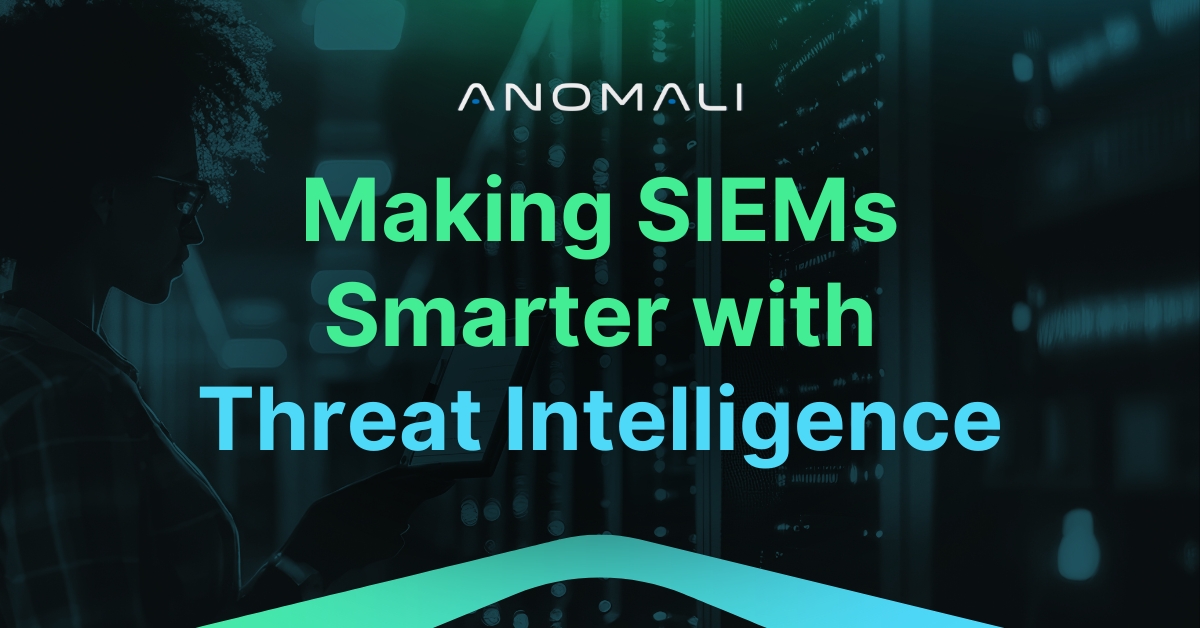SIEM Modernization and Optimization: Step 3 - Phase Implementation
Step 3 in a strategic blueprint on how to modernize SIEMs for the AI era. In short: Phase rollout, secure buy-in, be transparent.


In previous posts in our SIEM modernization and optimization series, we looked at the steps of data assessment and goal definition — now, it’s time to implement.
By phasing implementation, you make sure you never bite off more than you can chew. Our blueprint for this important step also includes where you should start and how rollout successfully.
Phased SIEM Implementation: Where to Begin?
SIEM modernization is a major undertaking. Each phase should be manageable based on team resources devoted to the SIEM optimization project. This helps keep residual risk low and closes security gaps along the way.
Optimizing your SIEM and/or deploying an ultra-modern SIEM delivers superior detection and response capabilities, thanks mostly to unified data architecture, AI-sourced alerts, and Agentic AI response guidance; you want to implement these capabilities first where they’ll have the biggest impact and value to the organization. For example, some organizations begin with high-volume log sources such as EDR or cloud workload telemetry, where improved correlation and AI-assisted triage can immediately reduce alert fatigue and mean time to respond
Securing an early win, like achieving a 30% reduction in false positives in the first 90 days or consolidating duplicate alerts across two major log sources, will go a long way in how subsequent phases go.
Build Trust and Buy-In at Each Step
Communication and transparency are key to keeping both risk and stress levels low. Be sure you can answer these questions for your stakeholders:
- Why is the organization taking on this project?
- How will cyber resilience affect my purview?
- What cost benefits and efficiencies I experience?
For instance, your IT operations lead may ask how changes to log forwarding will affect system performance; addressing this early helps maintain support.
Once a phase of implementation is underway, keep communicating. Keep your stakeholders abreast of the project status including successes as well as challenges encountered. If there are delays or hurdles to overcome, don’t try to hide them. No one likes to be surprised.
Former S&P CISO and Anomali Chief Growth Officer George Moser warns, “We can't just do this unilaterally from an ivory tower.” Moser emphasizes the importance of transparency and buy-in, likening the phased implementation of SIEM modernization to company mergers.
For AI-powered SIEMs, there may be additional questions you should be ready to answer to assuage fears of “hallucinations” or rogue actions:
- What data will the AI have access to and what integrity and provenance processes are in place?
- What tasks are being handled exclusively or in part by the AI model?
- For Agentic AI, what are the parameters for response workflows?
- How is human oversight conducted for Agentic AI containment actions?
- What processes will be put in place to oversee and optimize the AI model?
For instance, your team might configure your AI-assisted SIEM to automatically isolate a compromised endpoint in a sandboxed network segment but require analyst approval for broader containment
Execute Strategically, Act Inclusively
The old saying, “If you want to go fast, go alone; if you want to go far, go together,” is true for SIEM modernization and optimization. Moving too fast and working in isolation can spell disaster.
- Start with a high-impact, high-value quick win. Rinse and repeat.
- Build on the success of each phase to establish trust and secure buy-in
- Be transparent; include stakeholders early and often throughout the process
This way, you’ll maintain a strong security posture throughout implementation and build confidence and support for the effort along the way.
Learn what’s next in our four-step guide, How to Modernize Your SIEM for the AI Era.
Discover More About Anomali
Get the latest news about cybersecurity, threat intelligence, and Anomali's Security and IT Operations platform.
Propel your mission with amplified visibility, analytics, and AI.
Learn how Anomali can help you cost-effectively improve your security posture.




